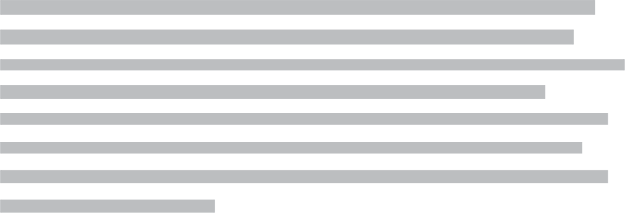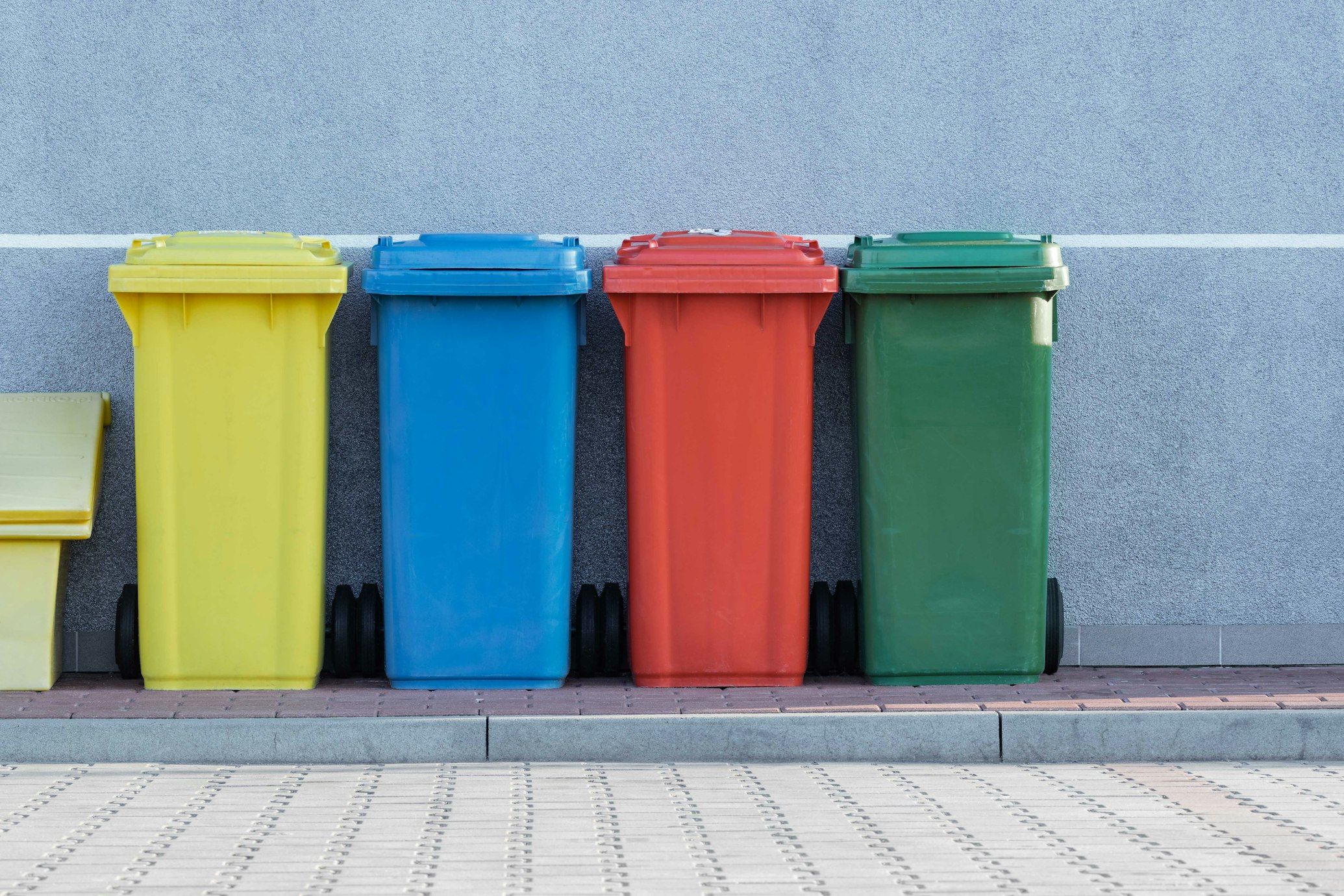All official European Union website addresses are in the europa.eu domain.
See all EU institutions and bodiesThe share of separately collected textile waste sent to incineration or landfill has remained rather stable since 2010, standing at 26% in 2022 in the EU27.

Used and waste textiles that are separately collected but cannot be reused, enter a textile waste treatment process, where they can be recycled, incinerated or landfilled. The amount and share of textile waste being redirected towards landfill has decreased from 21 % in 2010 to 12 % in 2022. This corresponds to, respectively, 220 000 tonnes and 160 000 tonnes of textile waste. On the other hand, the amount of textile waste going to incineration (with and without energy recovery) has increased from 10 % in 2010 to 15 % in 2022, corresponding to 100 000 tonnes and 200 000 tonnes, respectively. Overall, the total share of separately collected textile waste going to incineration and landfill has remained rather stable over this time period, from 30 % in 2010 to 26 % in 2020.
During the same time period, the total amount of textile waste treated has increased from 1.05 million tonnes in 2010 to 1.38 million tonnes in 2022. It should be noted that this only comprises the treatment of separately collected textile waste and not the treatment of textile waste in the mixed municipal waste. If the amount of textiles and shoes that is not separately collected and that ends up in household waste is taken into account, the share of discarded textiles that goes to landfill or incineration would be 73 % in 2022 (ETC CE, 2024). Furthermore, these figures only consider textile waste treated within the EU27. Separately collected textiles that are exported to outside the EU and end up being landfilled or incinerated are not included in these figures. Especially exported textiles to Africa are mostly reused or end up in dumps or burned in open landfills (EEA, 2023).
Within the EU27, the countries that redirect the highest amount of textile waste to landfill in 2022 are Poland (55 298 tonnes), Czechia (28 635 tonnes) and Spain (14 895 tonnes). While most countries show a decreasing trend, landfilling in Latvia, Bulgaria, Poland, Romania and the Netherlands increased over the past ten years.
The countries within the EU27 that redirected the highest amount of textile waste to incineration (with energy recovery) are Germany (54 228 tonnes), the Netherlands (46 296 tonnes) and Czechia (17 426 tonnes). The Netherlands and Poland are among the primary receiving countries of exported textile waste within the EU, both with large sorting capacities (EEA, 2024). The observation that countries such as Poland, Czechia and the Netherlands divert a noteworthy share of textile waste to landfill or incineration emphasize the concern that without timely capacity scaling, there is a risk of separately collected amounts of textile waste end up being sent to landfills or incineration (ETC CE, 2024).




